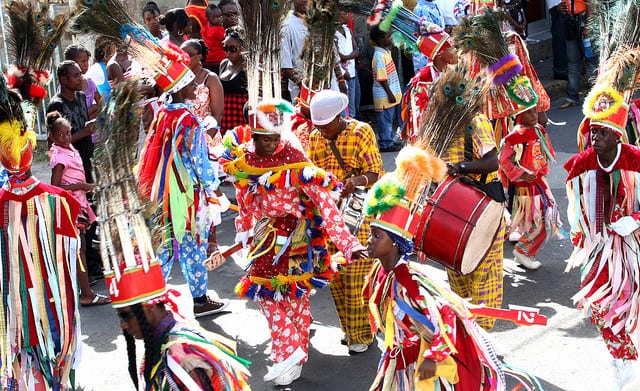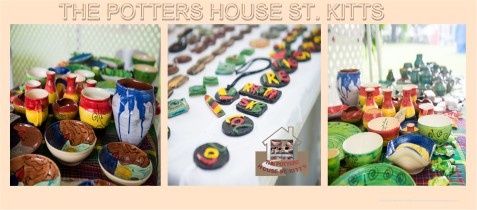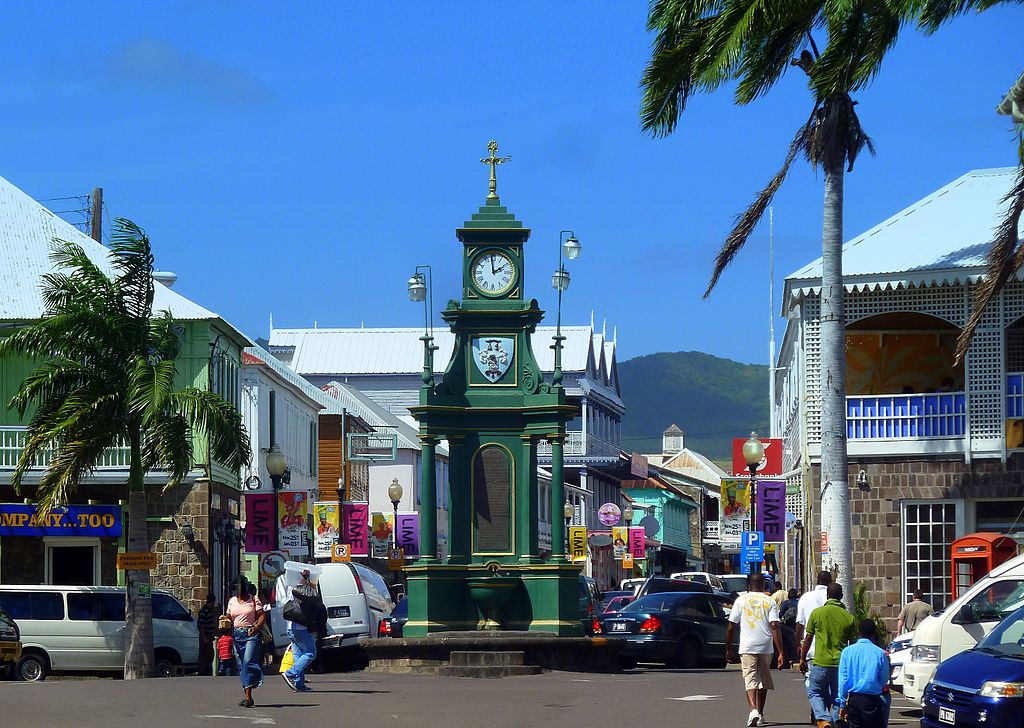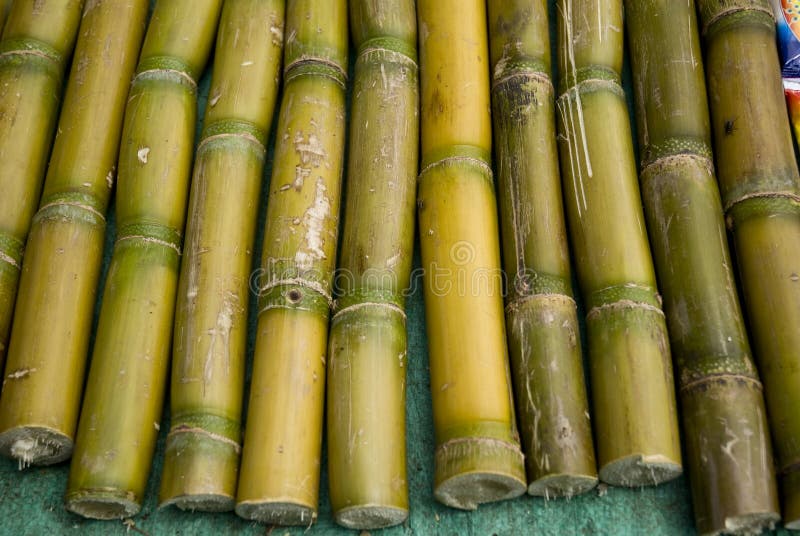Well, the new year is upon us, and January has proven to be a total jerk when it comes to weather. It’s been super cold and snowed, then it warmed up to almost 60 degrees, only to be followed by freezing rain, ice and more snow. Winter can go suck rotten eggs. But at least we’re cooking tropical food from Saint Kitts & Nevis today, so I can pretend that maybe it’s warm outside. I tried to go look, but the sun on the snow just about blinded me.
 |
| Yeah, and pretty much like I thought: everyone has eaten this up, and I've only gotten on piece. |
 |
| This is one of the better fish recipes I've had. |
Next I made the National Dish, which actually consists of four
dishes. The first part is Stewed Saltfish. I used cod for this since when I
tried to look this up, I basically found a bunch of references to Salted Cod.
So, you know… But I thawed it out and salted both sides of it liberally. Then I
heated some oil in a skillet, added in some green bell pepper, scallions,
garlic, and a little onion powder, letting it cook together for about 5
minutes. Then I added in a can of diced tomatoes, letting it simmer for 2-3
more minutes. At this point, I added in my fish, a little butter, and a little
bit of ground pepper. I covered it and let it simmer for about 5 minutes until
the fish was flaky. I topped it with a little bit of scallions I had left over.
I thought this was great! The saltiness of the fish was balanced by the
scallions and tomatoes. I would definitely make this again. And it didn’t take
that long to make, either – a great dish for a weeknight.
 |
| Although it was supposed to be plantains, the sweet potatoes were actually pretty good with this recipe. |
The second part is Spicy Plantains. Normally, I don’t have
much trouble finding plantains at all, but this weekend, I went to three
different stores looking for them with no luck. So, considering this is a spicy
dish, I substituted sweet potatoes instead of bananas. I peeled and cut three
sweet potatoes and parboiled them until they were kind of soft but not to the
point where you could easily break it apart. I drained the water and added in
some ginger, a little onion, some salt, and a little cayenne pepper and stirred
everything together. Then in a skillet, I heated some oil and fried them until
they were golden brown. I really liked this, and it wasn’t nearly as spicy as I
thought it was going to be. I mean, I only used ¼ tsp of cayenne pepper. I
could definitely have added more, but then no one else in my family would’ve
eaten it.
 |
| I know I was a little heavy on the potatoes with this meal, but I see no problem with this. |
Part three is Seasoned Breadfruit. Because of the weather, I
wasn’t able to get to the international grocery store, so I had to substitute
for this: I went with some tri-color petite potatoes for this (golden, red, and
purple potatoes). In a pot, I melted some butter and then added some oil. Once
the oil was heated, I threw in some diced onions and sautéed them for about 5
minutes. Then I added in the thyme, garlic, and diced red pepper and sautéed them
for another minute. I added in my diced potatoes and some chicken broth along
with a little salt and pepper and let it cook until the potatoes were soft.
 |
| These actually look like glazed doughnut holes, but that might just be the fat girl in me talking. |
And finally, the last part is Coconut Dumplings, the one
part I had all the ingredients for. In a small bowl, I mixed together some
flour, salt, butter, coconut, and oil. I had to use my fingers to crumb the
butter into the mixture. Using a little more than a ½ c of water, I made a
thick dough and kneaded it for a couple of minutes. I formed balls about the
size of golf balls and then dropped them in boiling water. I let them cook for
about 10-15 minutes, draining them on paper towels. I kind of liked these –
they went well in between bites of the saltiness of the fish. They were
certainly a little chewy from being boiled, but coconut added a little texture
and sweetness to it.
 |
| I liked this meal quite a lot. It'll make for some good leftovers tomorrow. |
And as I come to the end of my first country of 2018, I realized
I have to make the difficult decision of pausing on the blog. Again. I’m making
some changes in my career path, and I need to finish up some courses in order
to try to merge into digital and content marketing. Up until recently, it was
just something I was casually learning, but now… there is more of an urgency
behind it. I basically need to fast track this. But I’ll be back as soon as I
can. It might be a month; it might be two. But I’ll keep posting articles and
videos on the blog’s Facebook page, so check me out there. And I want to take a
quick moment to give a shout out to a lady who was one of the Band Moms when I
was in high school and the mother of one of my friends. She was the Queen of
Sass and No Nonsense along with being a fan of this blog. She passed away this
week and will be sorely missed.
Up next: Saint Lucia














